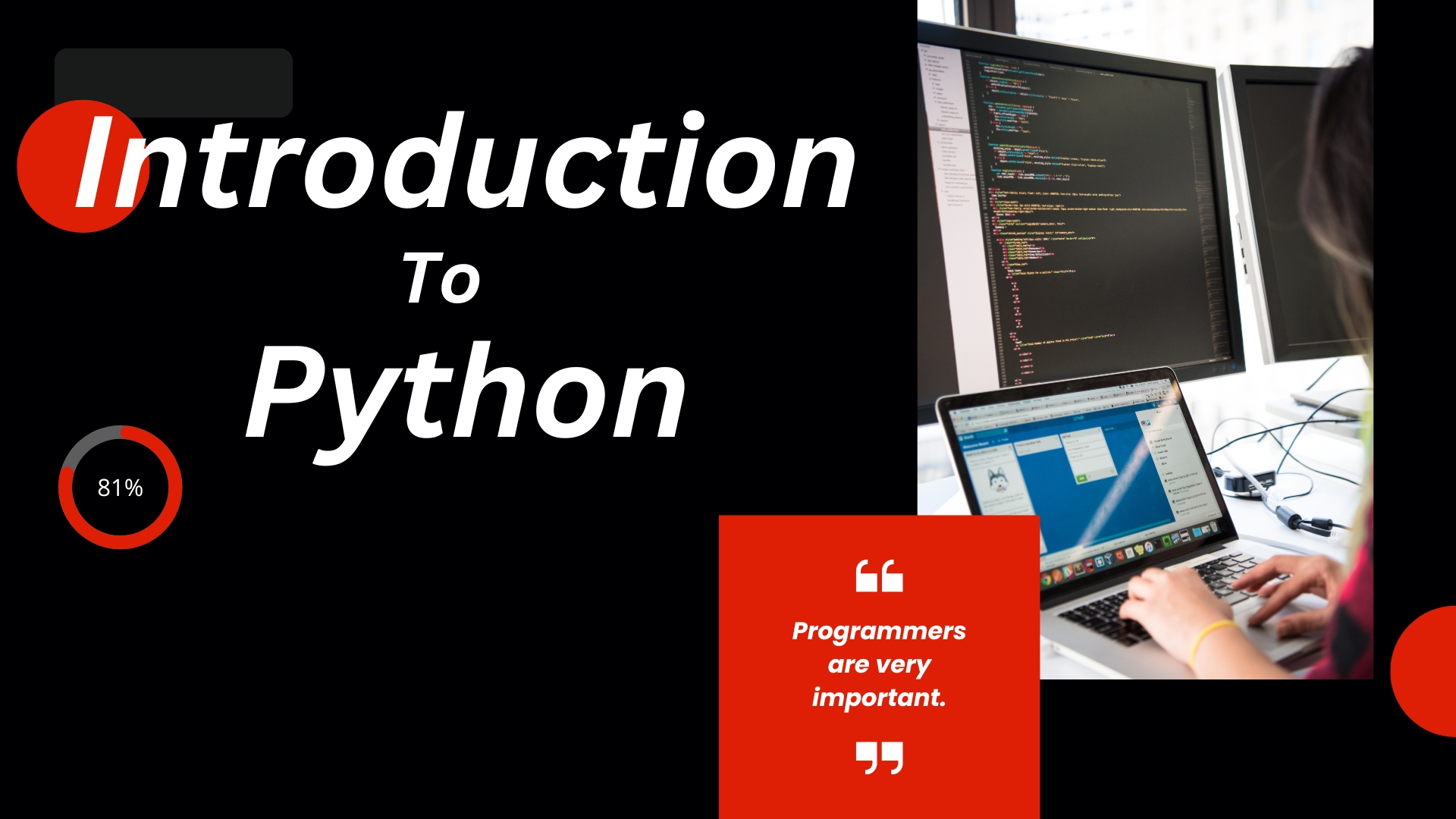Python, known for its simplicity and readability, is a versatile programming language used in various fields such as web development, data analysis, artificial intelligence, scientific computing, and more. Whether you’re a complete beginner or an experienced programmer looking to expand your skill set, this ultimate guide will help you navigate the journey of learning Python programming.
Why Learn Python?
- Easy to Learn and Use: Python’s syntax is clear and easy to understand, making it an excellent language for beginners.
- Versatile and Powerful: Python can be used for web development, data analysis, machine learning, automation, and more.
- Strong Community Support: With a large and active community, you can find countless resources, tutorials, and forums to help you along the way.
- High Demand in the Job Market: Python developers are in high demand, with opportunities in various industries.
Getting Started
1. Set Up Your Development Environment
Before diving into coding, you need to set up your development environment:
- Install Python: Download the latest version of Python from the official Python website. Follow the installation instructions for your operating system.
- Choose an Integrated Development Environment (IDE): Popular IDEs for Python include PyCharm, Visual Studio Code, and Jupyter Notebook. Choose one that fits your needs and install it.
2. Learn the Basics
Start with the fundamentals to build a solid foundation:
- Variables and Data Types: Understand how to use variables and different data types such as strings, integers, floats, and booleans.
- Control Structures: Learn about conditional statements (
if,else,elif) and loops (for,while). - Functions: Discover how to define and call functions, pass arguments, and return values.
- Data Structures: Get familiar with lists, tuples, dictionaries, and sets.
3. Practice with Simple Projects
Applying what you’ve learned through small projects helps reinforce your understanding:
- Calculator: Create a simple calculator that can perform basic arithmetic operations.
- To-Do List: Develop a to-do list application where users can add, remove, and view tasks.
- Number Guessing Game: Build a game where the user has to guess a randomly generated number within a certain range.
Intermediate Topics
As you gain confidence, move on to more advanced topics:
1. Object-Oriented Programming (OOP)
Understand the principles of OOP and how to implement them in Python:
- Classes and Objects: Learn how to create classes and objects, and understand the concept of inheritance.
- Encapsulation and Polymorphism: Discover how to protect data and methods within a class and how to use polymorphism to create flexible code.
2. File Handling
Learn how to work with files for reading and writing data:
- Reading and Writing Files: Understand how to open, read, write, and close files.
- Working with CSV and JSON: Get familiar with handling CSV and JSON files for data exchange.
3. Libraries and Frameworks
Explore popular libraries and frameworks to extend Python’s capabilities:
- NumPy and Pandas: Use these libraries for data analysis and manipulation.
- Matplotlib and Seaborn: Create visualizations and plots to represent data graphically.
- Django and Flask: Develop web applications using these powerful frameworks.
Advanced Topics
Once you have a solid grasp of intermediate concepts, delve into advanced topics:
1. Web Scraping
Learn how to extract data from websites using libraries like BeautifulSoup and Scrapy.
2. Machine Learning
Explore machine learning concepts and techniques using libraries such as Scikit-learn and TensorFlow.
3. Automation
Automate repetitive tasks using Python scripts with libraries like Selenium and PyAutoGUI.
Learning Resources
Here are some excellent resources to support your learning journey:
- Books: “Python Crash Course” by Eric Matthes, “Automate the Boring Stuff with Python” by Al Sweigart.
- Online Courses: Coursera, Udemy, and edX offer comprehensive Python courses for all skill levels.
- Documentation: The official Python documentation is a valuable resource for understanding Python’s features and libraries.
Practice and Persistence
Learning Python, like any other skill, requires consistent practice and persistence. Here are some tips to stay motivated:
- Set Realistic Goals: Break down your learning into manageable chunks and set achievable goals.
- Join a Community: Engage with online forums, join Python communities, and participate in coding challenges.
- Build Projects: Continuously work on projects that interest you to apply what you’ve learned and gain practical experience.
Conclusion
Learning Python programming can be a rewarding and fulfilling journey. By following this ultimate guide, you’ll gain the knowledge and skills needed to become proficient in Python. Remember to practice regularly, seek help from the community when needed, and stay curious. Happy coding!





1 Comment
Aspernatur ut fugit et reprehenderit quia consequatur. Quia excepturi aperiam quas veniam libero. Soluta aliquam enim occaecati similique. Est veritatis velit Laborum veritatis perspiciatis similique enim. Rerum repellat error repellendus. Quia odit incidunt atque illo perferendis. officiis nam et asperiores. Architecto sed fuga magnam non error asperiores. Provident nostrum incidunt nisi molestiae et. Dolores enim nesciunt dolor officiis Possimus illo vitae aperiam accusantium. Molestiae voluptas quis quisquam. Enim impedit sunt ut. Non rerum beatae voluptas fugit eaque. Aut cum deleniti et recusandae nihil exercitationem.